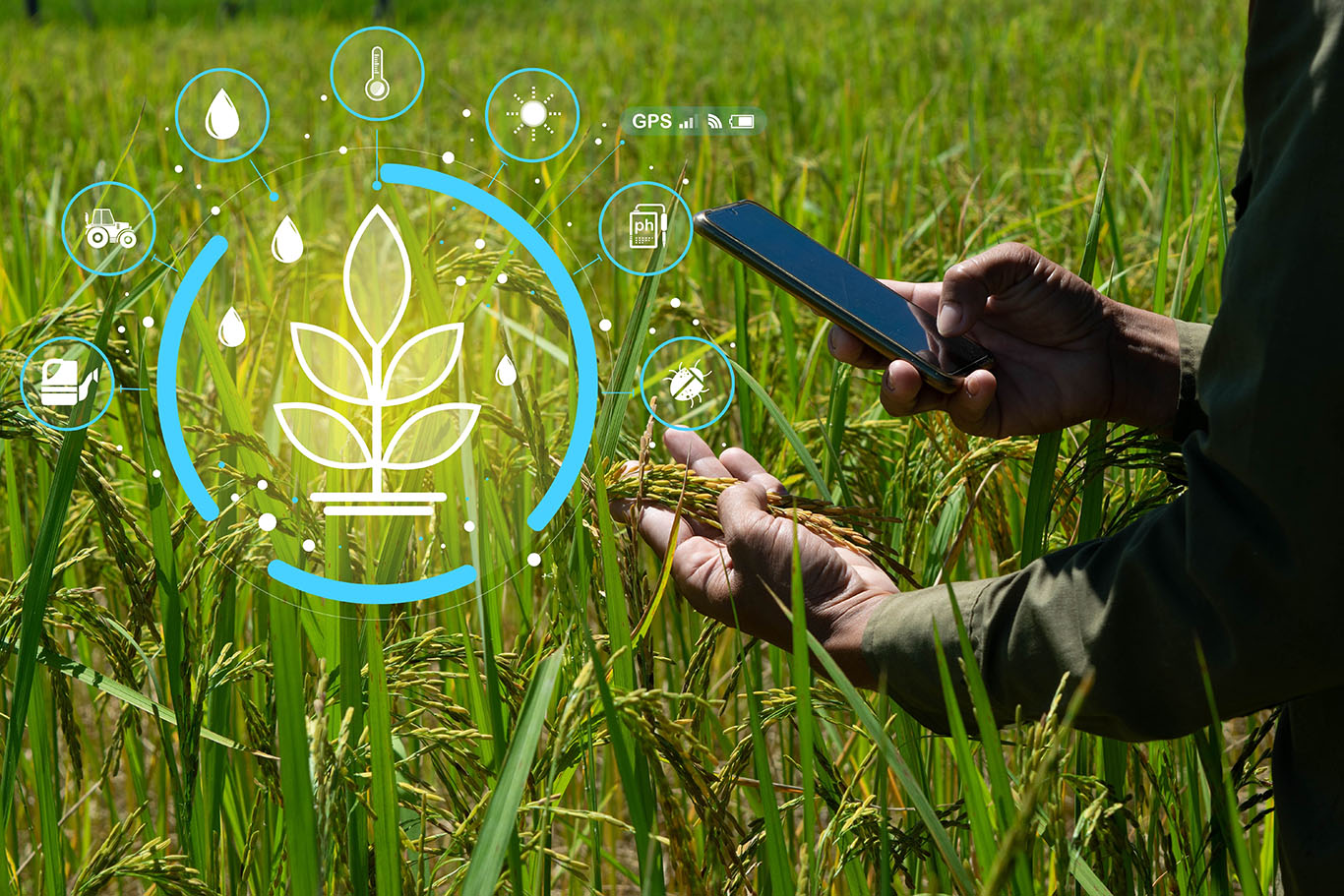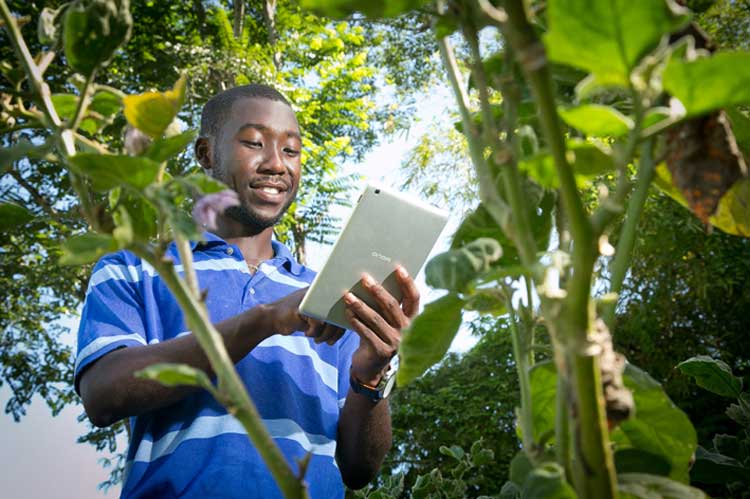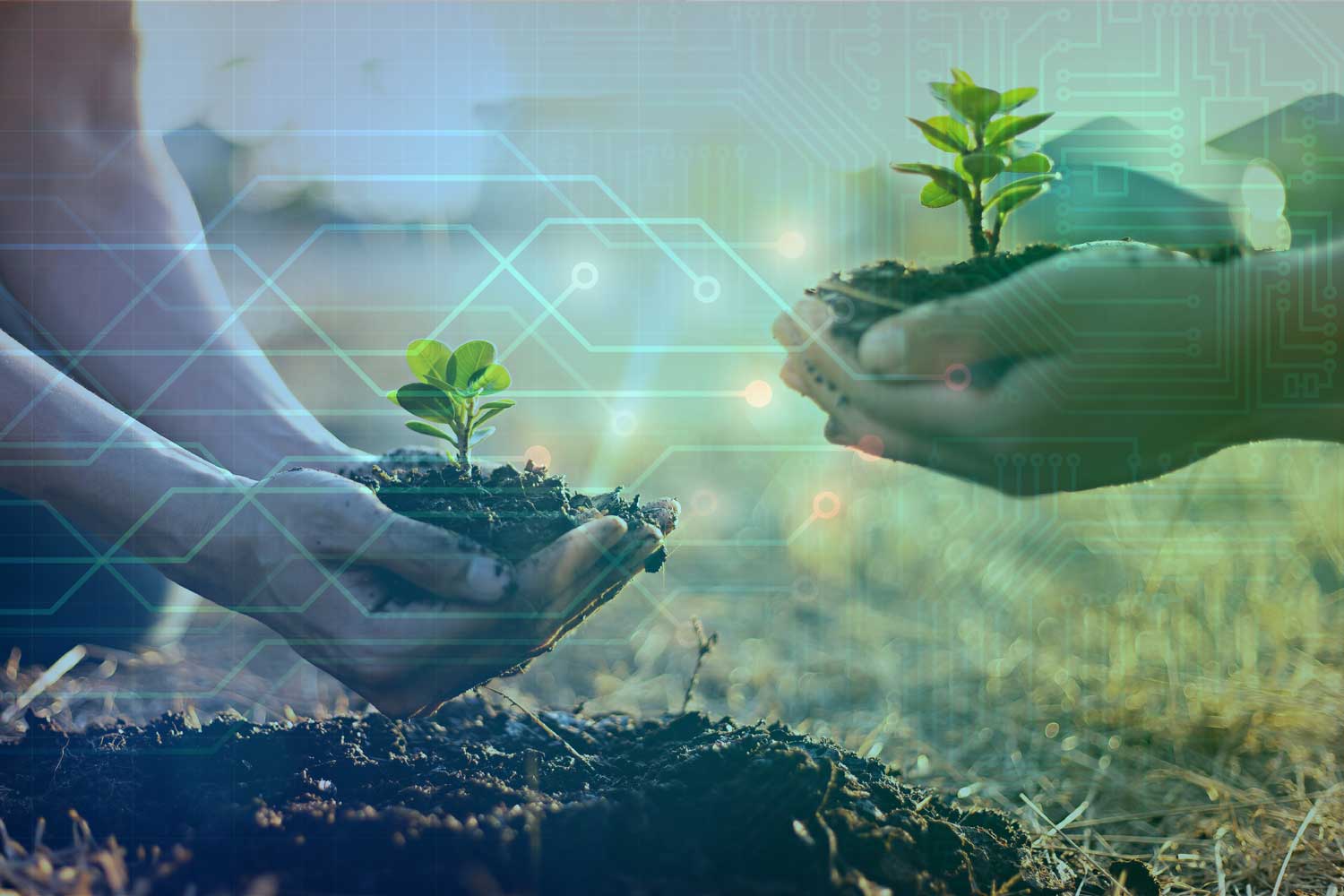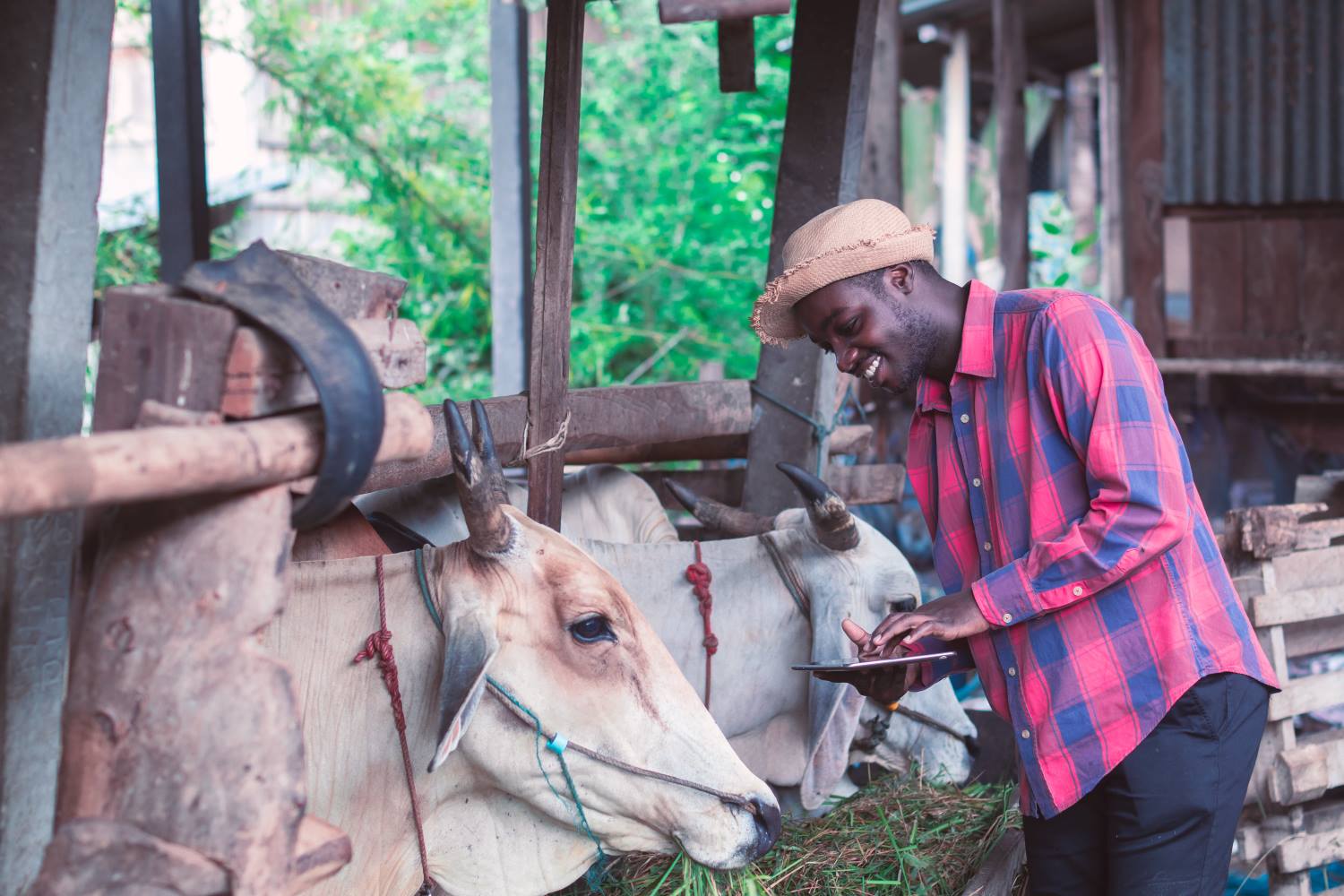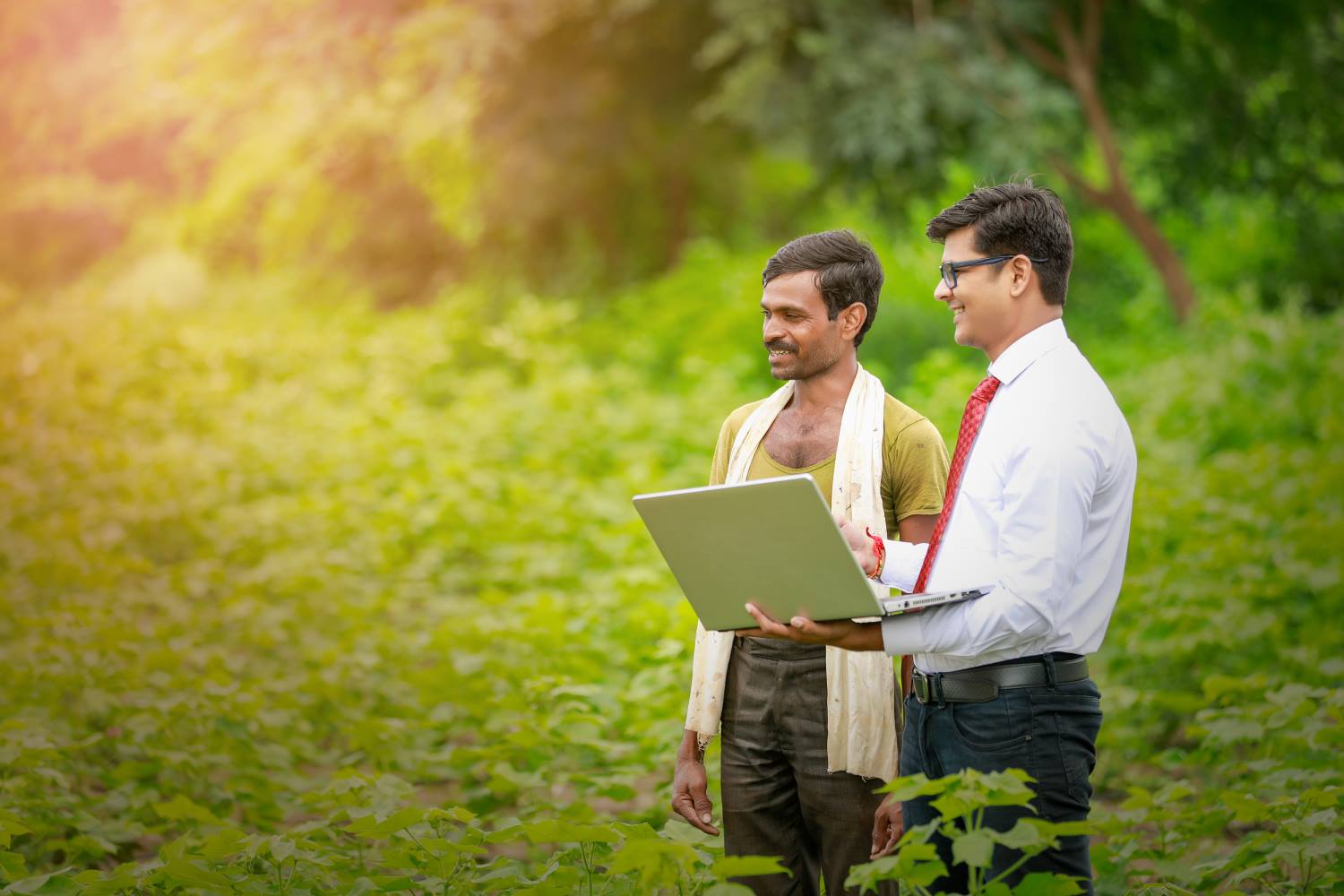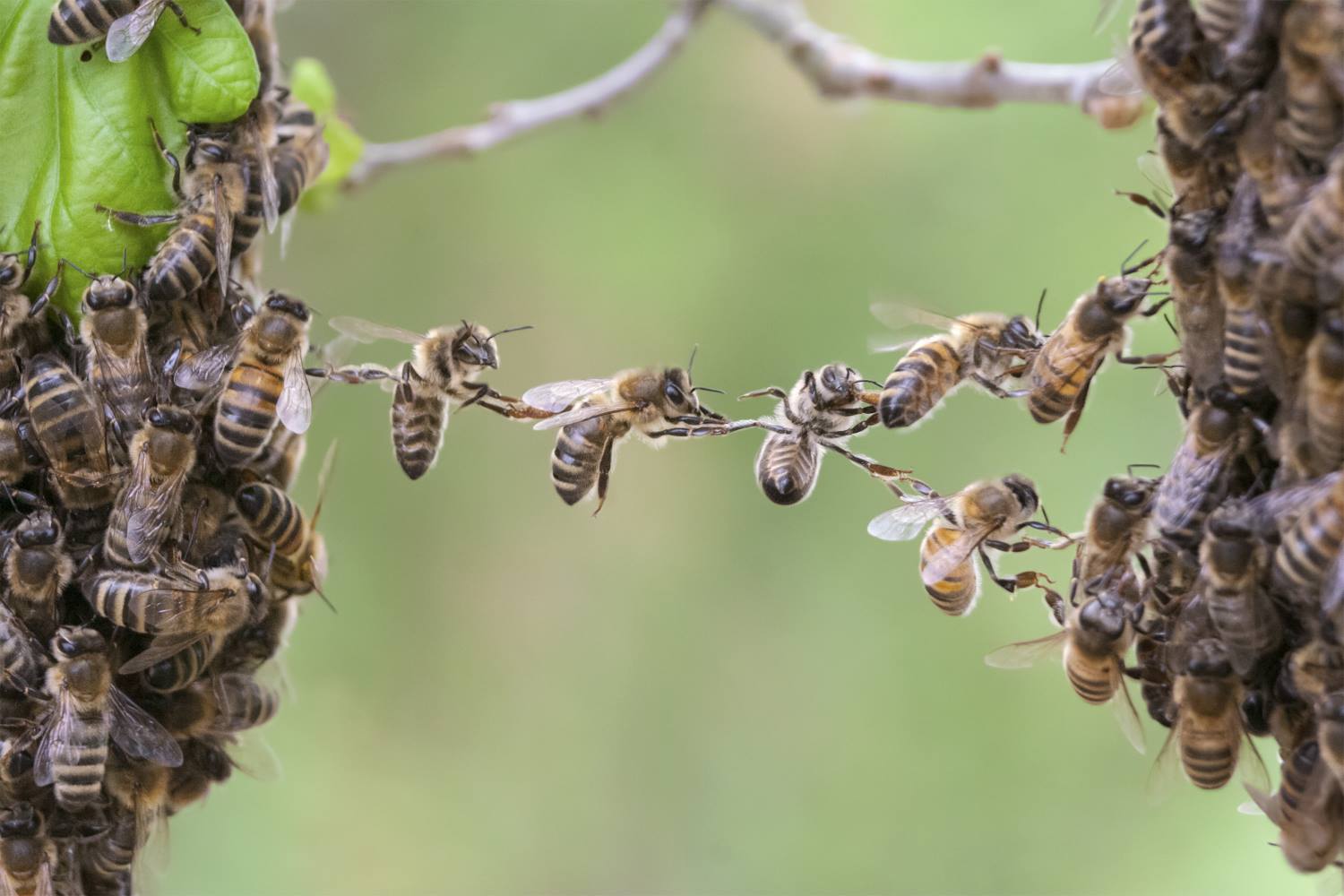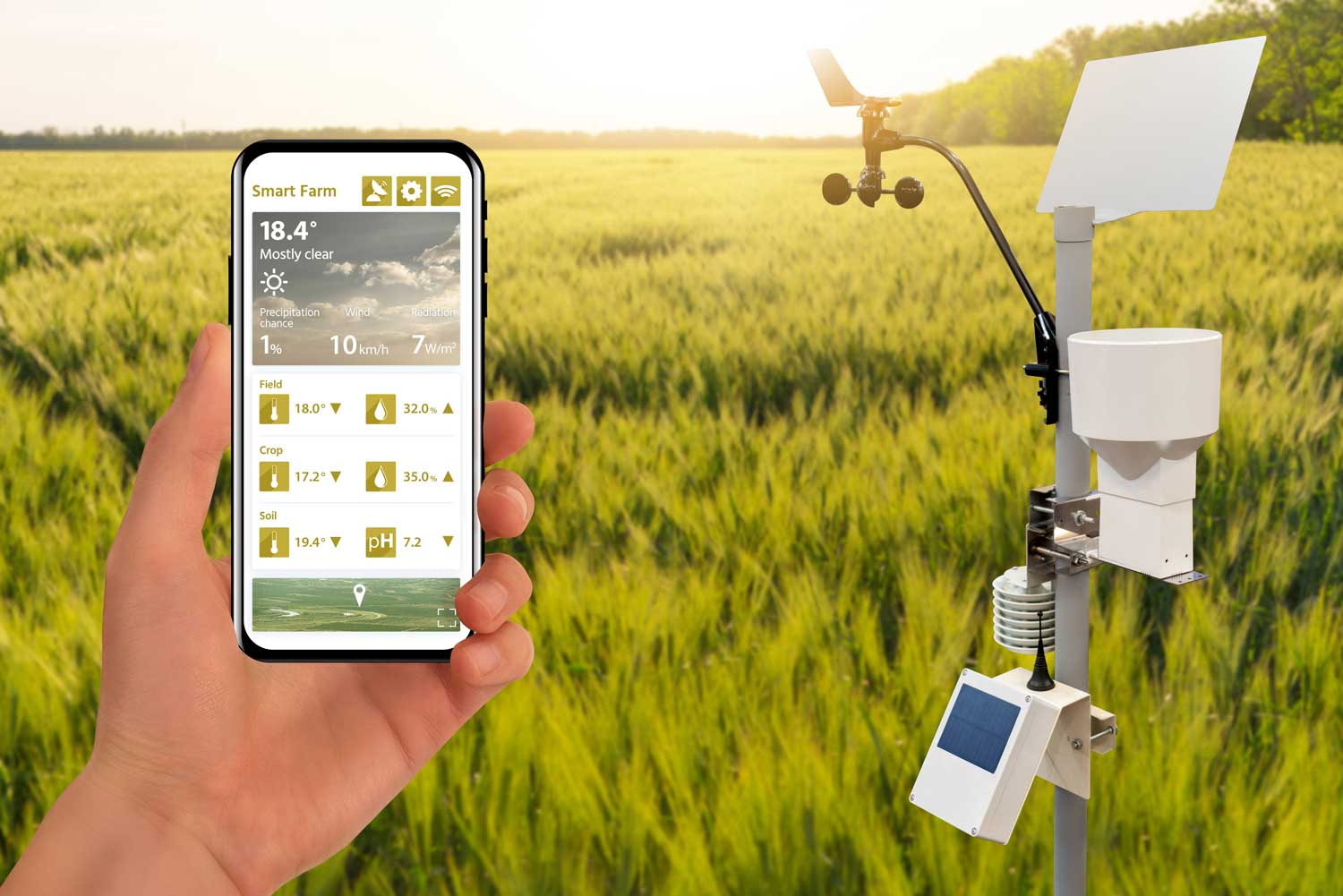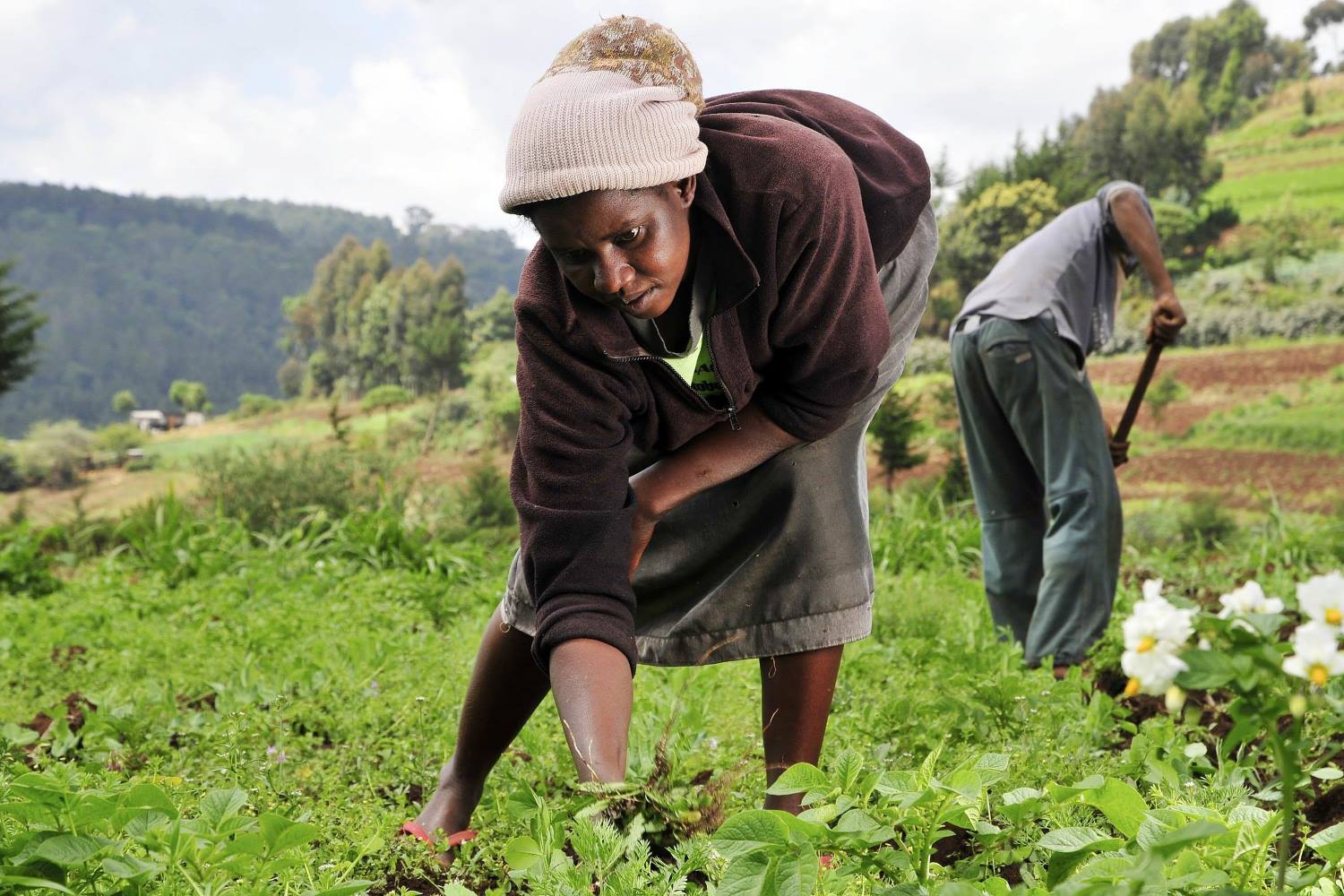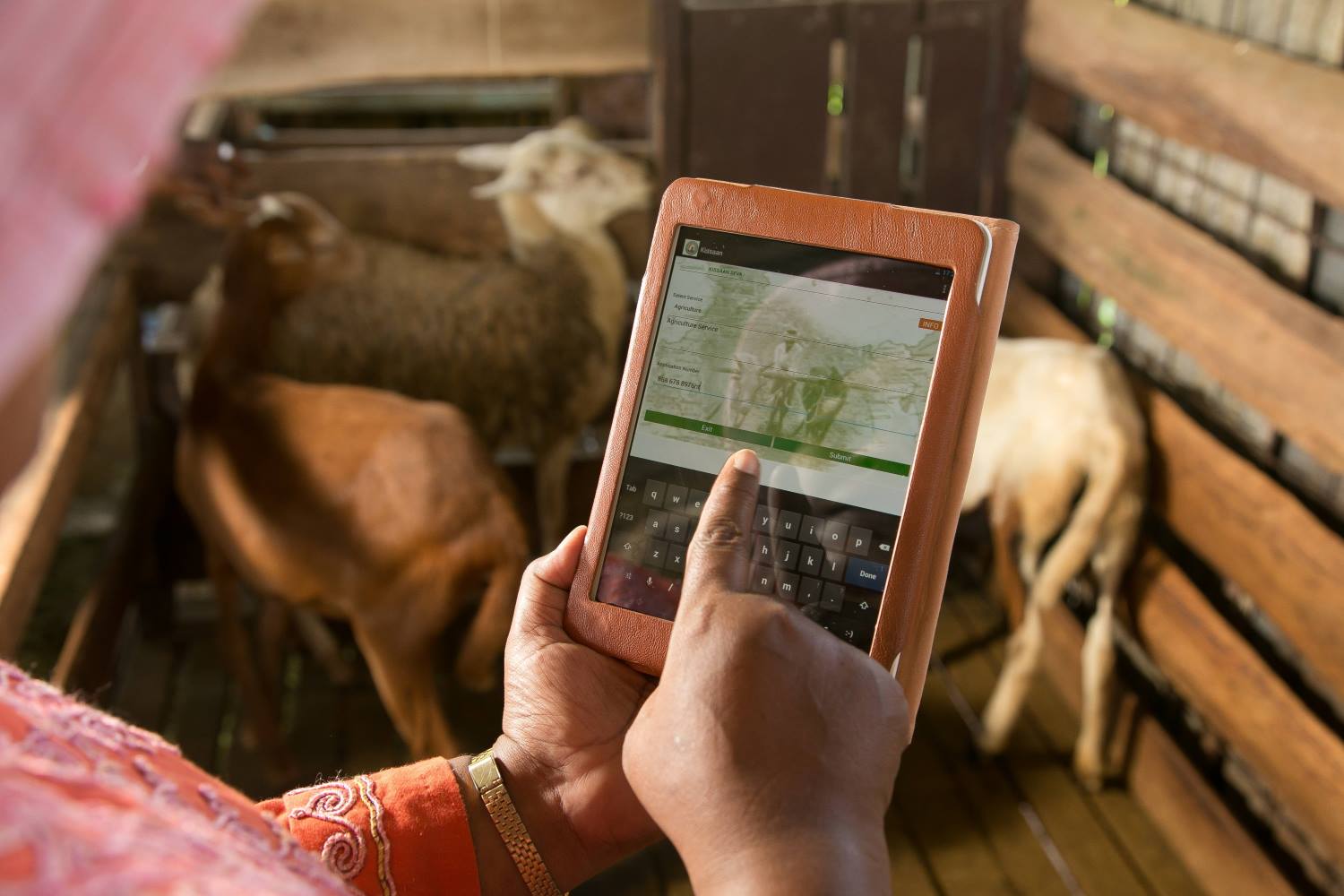Being a woman in D4Ag is no big deal

Being a woman in D4Ag is no big deal
Authors: Jaclyn Bolt, Kudzanai Chimhanda
Publish Date: 08 March 2023
Investing in women – an untapped opportunity?
Well, because most agricultural deals are clinched by men in high-income countries and most finance is locked in by male entrepreneurs. Despite significant investments in the D4Ag sector over the years raising $26.1 billion by 2020, only 7 per cent of deals were bagged by women-led businesses. While this financing contributes to advancements in agriculture, it means many women are excluded from strategic financial opportunities. Similarly, companies are missing out on the huge, untapped strategic and market potential of women participation at the decision making level. Fully incorporating women as strategic actors in the global economy, it would add 12 trillion USD to the global GDP.
Why supporting women from the ground is key!
Globally, agriculture remains the second most important source of employment, accounting for close to 4 per cent of global GDP and 27 per cent of the global workforce and will remain to have profound effects on our future as a species. Women make up 43 per cent of the global agricultural labour force, while in low-and-middle-income countries (LMICs), this percentage tends to vary between 60 and 80 per cent. Women tend to be custodians of knowledge on crop varieties, as a result, women play a pivotal role across the agriculture value chain, from farm to fork. Despite this dominance of women in the agricultural workforce, some questions that remain include; why do we continue to have limited women in strategic agricultural leadership roles?
In addition, are women less efficient in farming than men? While there is an evident gap in agricultural productivity between men and women, where women produce less than men, it is proven that efficiency is not the cause. With 79 per cent of African women actively involved in the agriculture sector, gender inequalities limit their potential to access and control productive and financial resources. In rural areas of India for instance, over 80 per cent of women work in agriculture either as cultivators or agricultural labourers. Socio-economic factors, restrictive cultural norms and unpaid care, and limited access to high-yielding agricultural inputs, burden women and widen the wage gap of rural women in Africa, ranging from 15 to 60 per cent depending on the country. Ultimately, women lack access to production inputs that save time and increase their profits by improving the productivity potential of women.
Women in agriculture spend three times as many hours on unpaid labour, yet earn 63 per cent less than men. These women generally work in low-income agriculture roles, with less than 15 per cent of all landholders being women. Can they start a business for themselves? Perhaps! But when a woman decides to take up an agripreneurial start-up, she is 30 per cent less likely to have a positive outcome compared to male-owned businesses, she and will generally receive 23 per cent less funding.
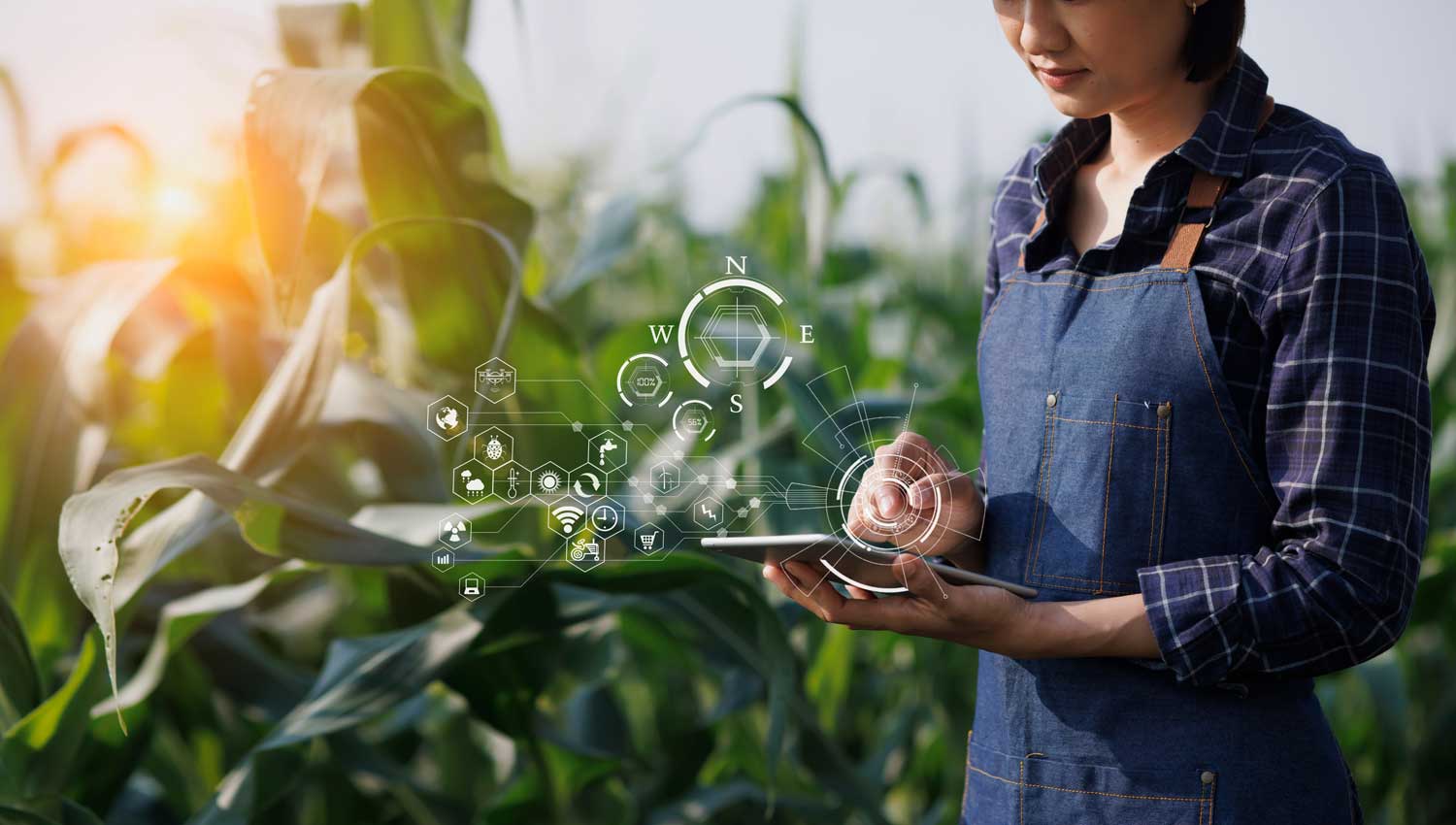
What about the dealmakers?
Take a peek through the glass of a random investment firm and notice white collars and rolled-up sleeves. In the City, less than 10 per cent of the largest dealmakers are women. On Wall Street, women take up less than 17 per cent of senior executive roles, 11 per cent in leadership roles and just 18 per cent of any role at all. In venture capital firms, 4.5 per cent of the partners are female, while a mere 10 per cent of senior roles in private equity are held by women. Of course, this is reflected in a bias in investment behaviour and choices.
Globally, women are increasingly becoming more aware of investment tools, while outperforming their male counterparts by 0.4 per cent, despite lacking investment confidence in a competitive environment. Emerging findings document how female investors tend to earn better returns than men – up to 1 per cent, with less than 5 per cent of women taking a great deal of risk in their investment portfolios. In 2020, women made close to $0.80 for every dollar the average man earned. Studies have clearly supported the notion that women make better investors than men as they are more patient, a key attribute for successful investment especially in sectors like agriculture which needs patience as they are characterised by long-term investments. With the global pandemic, more women are embracing investing tools as noted by Nutmeg.
Call to Action!
Women are underrepresented both in accessing capital and investing, thus extra work is needed to improve these numbers. For instance, by pledging to invest in companies that have at least 35 per cent women among their executives, which is what 25 Dutch investment funds did in 2019, or by providing access to funding for female-led ventures like Female Founders is doing.
Integral to the work of the Digital Agri Hub, is to offer an inclusive platform, not only in terms of gender, but in any type of background or age. We will strive to highlight some interesting gender inclusive D4Ag start-ups and will be mindful of gender inclusivity events and activities. Suggestions for interesting and better implementations or solutions to highlight are welcome– let us know!


